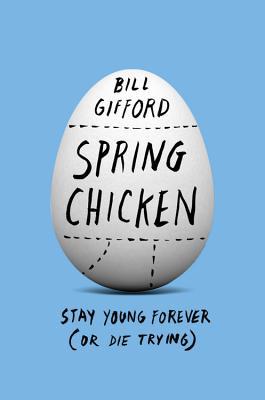I came home with the following set up:
- music and podcasts managed on computer and played at home through a sound dock connected by cable to a computer;
- Bluetooth sound dock in the living room (birthday present for the OG, not part of my ACDC);
- Ipod shuffle for the gym and other out-of-the-house activity (wireless headphones broken and discontinued by the manufacurer;
- car radio, with occasional iphone connected via cable.
The biggest catalyst for change was Spotify. The Gs love it, and though I installed it years ago, I've never really used it. But when they announced last year that a family plan was available for the premium model (unlimited skips, available offline), I decided to give it a try, and it was part of a birthday present for the BG in November, although we didn't get it up and running until the following month.
I installed it on my computer, and it quickly and efficiently indexed the music in my ITunes library. After a few hiccups in syncing the files on my phone and tablet (it kept wanting to store files locally, filling up my phone with files from my computer), I learned via the Internet, that if I mirrored my ITunes library in Spotify's "Songs" folder, I would have a link to my universe of music, and could shuffle through my collection, using either my phone or tablet to skip a song that I don't want to hear.
| Mine are black |
So now when I'm cooking dinner, I take the phone and the dock into the kitchen, connect them via bluetooth and shuffle through everything from Afrika Bambataa to Warren Zevon. I love how songs that I haven't thought of in years pop up and remind me who I was in the 80s and 90s.
When it's time to walk the dog, I do the same thing, except that I have a $30 pair of bluetooth headphones that I pair with my phone, In the morning, it's two plays of the news on Radio France, and in the evening, the LeDuc shuffle.
| About the same size as the shuffle |
My only complaint is that this ACDC does not expose me to a lot of new music. The Gs monopolize the radio when I'm chauffeuring them to one of their many activities, but their taste is a little poppy, and I'm just not feeling the constant cycling through Maroon 5 and the like. Occasionally we'll find a song we like (the new Ed Sheeran for example), but I can only listen to it 4-5 times over the course of thirty minutes before I'm a little tired of it. But the OG has done some digging in the crates, and her tastes are maturing (though they are also countrifying), so perhaps there is some hope that she can play the "tastemaker" role filled by various cool friends with large record collections over the years.
It's interesting to compare this ACDC to the walkman, mix tape, mtv world of yore, and I look forward to telling my grandchildren about the old days, when I needed to pair devices before they would work together; when wireless range was only thirty feet; and the cloud thought that George Benson belonged on a radio station inspired by the Fatback band. This may help me remember.






